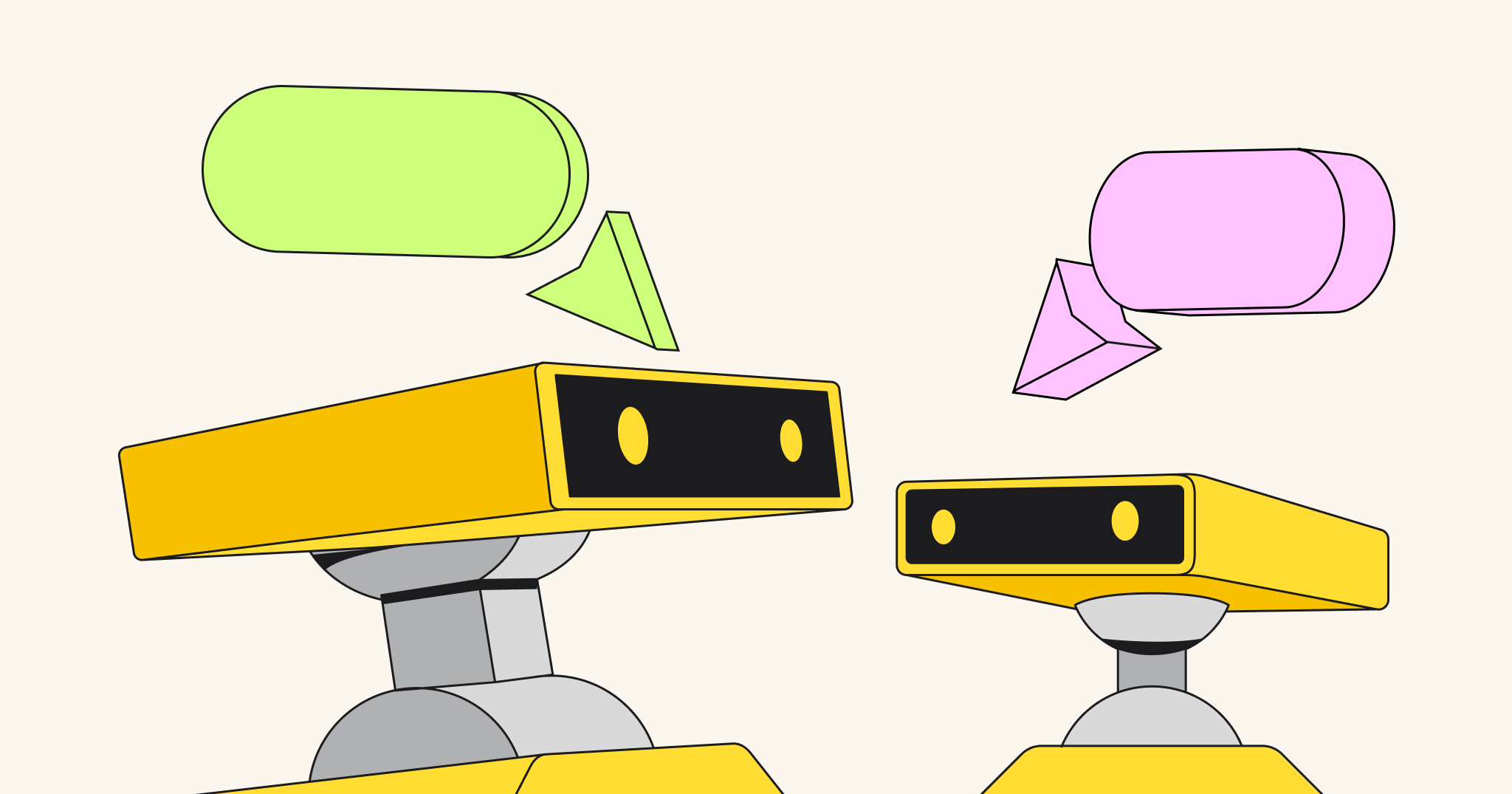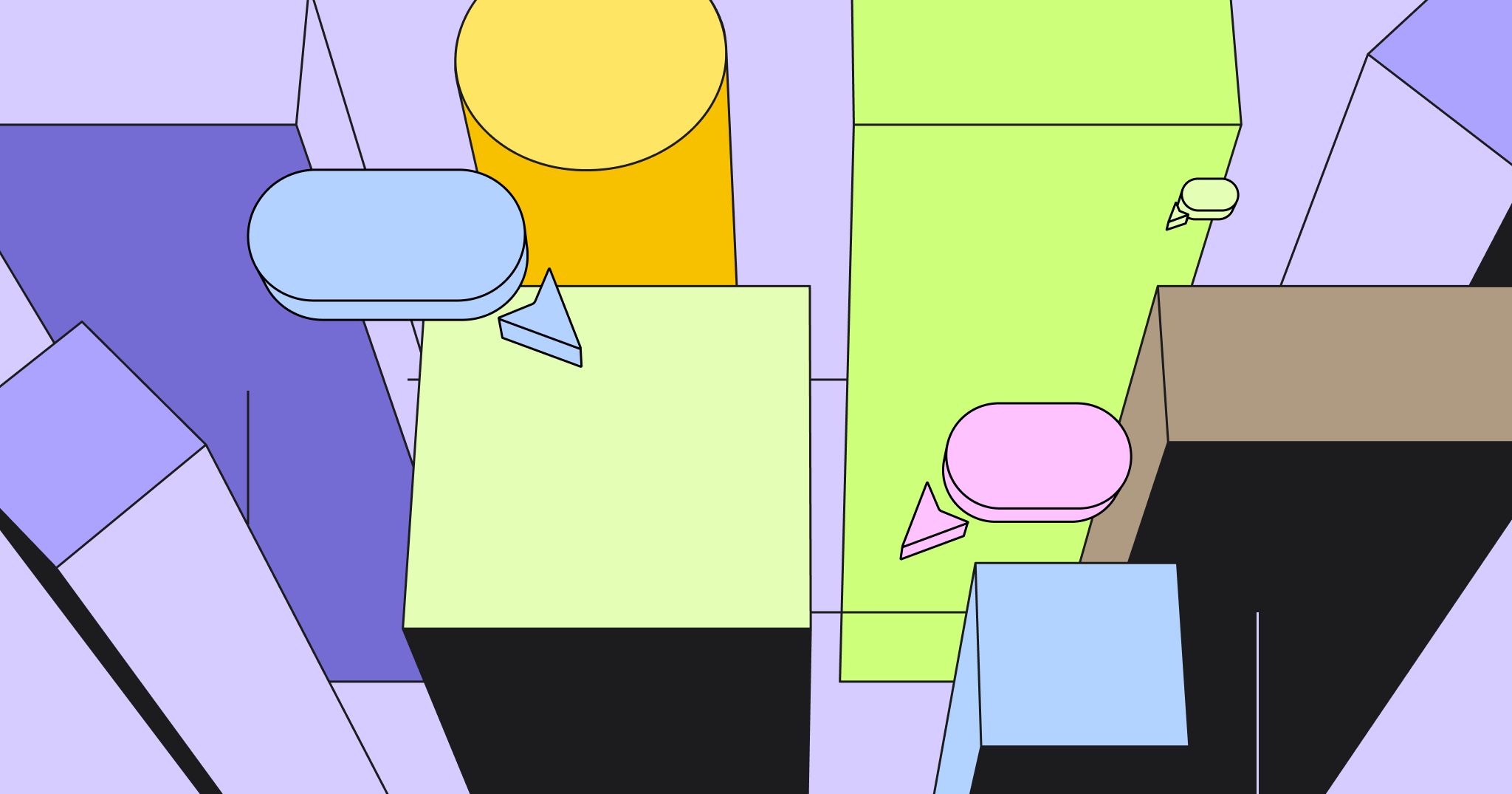In fast-paced workplaces, it’s easy to assume that the loudest, most outgoing voices always have the best ideas. This assumption, however, overlooks the dangers of extrovert bias — the subtle (and often unintentional) tendency to favor the contributions of more vocal team members over those with quieter personalities.
Extrovert bias imperils innovation by creating missed opportunities for breakthroughs. This leads to homogeneous solutions and can drive away valuable talent. By understanding the subtle dynamics of extrovert bias and how it manifests in the workplace, leaders can implement strategies to promote inclusivity, foster collaboration, and tap into the brilliance of their entire team.
First, let’s start with some background.
What exactly is extrovert bias?
Picture this: a live brainstorming session buzzing with energy. Ideas fly back and forth. A few team members dominate the conversation with their quick wit and bold proposals. Meanwhile, others struggle to get a word in and their more considered thoughts aren’t heard. This common scenario exemplifies extrovert bias — the subtle, often unconscious, tendency to favor extroverted communication styles.
Psychologists define extroversion as “a personality trait typically characterized by outgoingness, high energy, and/or talkativeness. In general, the term refers to a state of being where someone ‘recharges,’ or draws energy, from being with other people; the opposite — drawing energy from being alone — is known as introversion.”
Extroversion at work
Extrovert bias seeps into the way we conduct meetings, evaluate performance, and even design our office spaces. The consequences are far-reaching. When quick thinking is prized above deep and deliberative analysis, we miss out on breakthrough ideas that require careful consideration.
Missed opportunities for breakthroughs
Extrovert bias favors a culture of rapid ideation and quick verbal sparring. While this has its place, it often comes at the expense of the deep, methodical analysis that fosters truly groundbreaking ideas.
To lower the risk of missing out on breakthroughs, leaders need to actively encourage divergent thinking. Employ techniques like brainwriting, where ideas are first generated independently, then shared, to ensure every voice is heard. Challenge the team to play devil’s advocate to explore solutions from unconventional angles. By fostering a culture where reflective analysis is valued, organizations can unlock the breakthrough potential of their more reserved innovators.
Did you know: two-thirds of knowledge workers are more comfortable sharing ideas with their managers asynchronously, and 59% prefer brainstorming asynchronously, too?
Homogeneous solutions
When teams don’t seek or embrace the full spectrum of their braintrust, they’re saddled with homogeneous solutions.
A team dominated by extroverted thinkers risks developing a groupthink mentality. When individuals feel the pressure to conform to a dominant communication style, dissenting opinions and truly novel solutions may never surface. Solutions then cater to the preferences, experiences, and biases of those who speak the loudest, and ignore the needs of diverse users and potential market segments.
Inclusive innovation means designing products and services that work for everyone, not just the most vocal in the room. Extrovert bias creates blind spots, leading to solutions that lack broad appeal and market penetration.
Anonymous feedback channels can encourage introverts to share concerns without fear of judgment, while surfacing potential flaws or overlooked perspectives. Also, panels composed of customers and colleagues in other departments can provide feedback on early-stage concepts, ensuring solutions don’t solely cater to the biases of those on the development team.
By prioritizing diverse input throughout the innovation process, organizations can create solutions that they know resonate with a broader audience.
Does this sound like a challenge your team has experienced? Check out this groupthink retrospective Miro template.
Driving away valuable talent
Introverted team members who feel constantly overlooked or dismissed may lose motivation, withdraw their contributions, or even choose to leave the company altogether. This is a tremendous loss for any workplace.
Leaders must proactively champion their introverted employees. Mentorship programs can pair quieter team members with supportive senior colleagues to help them navigate workplace dynamics. Recognition systems that reward thoughtful problem-solving alongside bold idea generation can also boost motivation.
By creating a culture where introspective work styles are celebrated, organizations retain the hidden innovators who are essential to sustained success.
Sometimes introverts need a boost. Here are three tips for leaders to unleash the power of their introverted employees.
Time for change
The good news is that recognizing extrovert bias is a powerful first step in dismantling it. Leaders committed to true innovation must foster workplaces where everyone feels empowered to contribute, regardless of their personality style. Here are some ways to make this happen:
- Structured meetings: Reduce the chaos of free-form discussions by using methods like timed rounds, written brainstorming, and designated facilitators to ensure equal speaking time.
- Rethinking performance evaluations: Implement bias training for managers and introduce objective measures of performance to counteract any subconscious preference for self-promotion and extroverted behaviors.
- Intentional workplace design: Create a range of workspaces, including quiet zones, individual pods, and collaborative areas, to cater to different working styles.
Extroverts: We still love and need you, but this is about everyone
Extrovert bias is not about disliking extroverts. It’s about recognizing that innovation demands the full range of human thinking. By understanding the subtle dynamics of this bias, and actively working to mitigate it, leaders can pave the way for the kind of breakthroughs that come from valuing and collecting all voices. In a workplace where every mind has a chance to shine, the possibilities for innovation are truly limitless.




